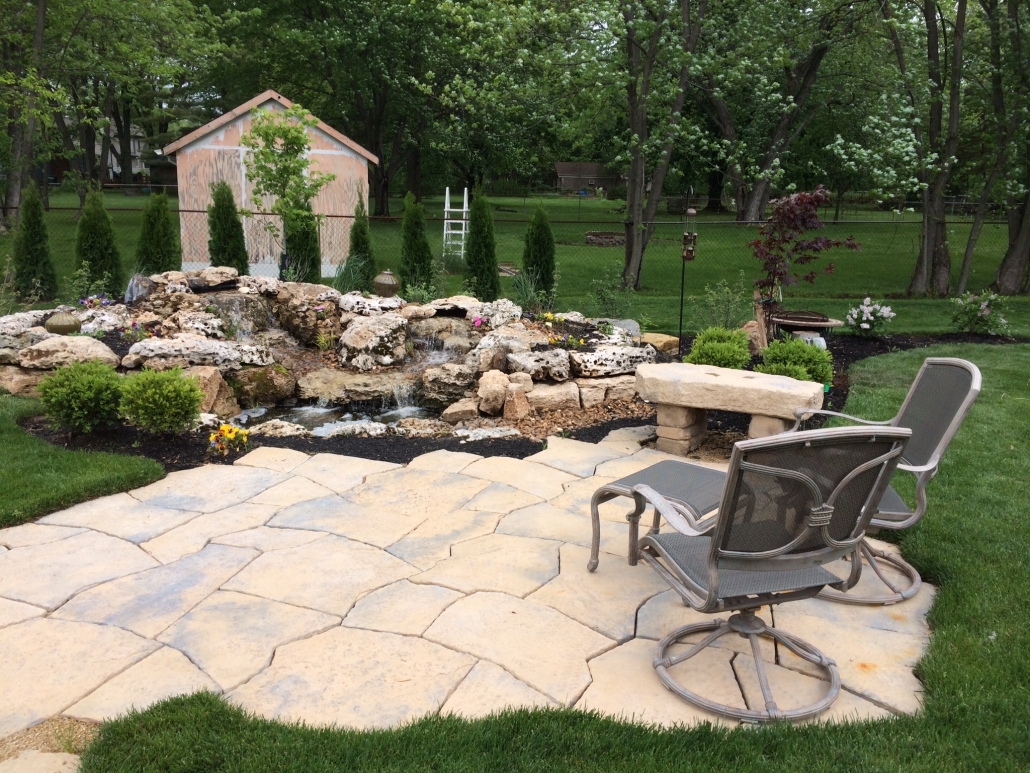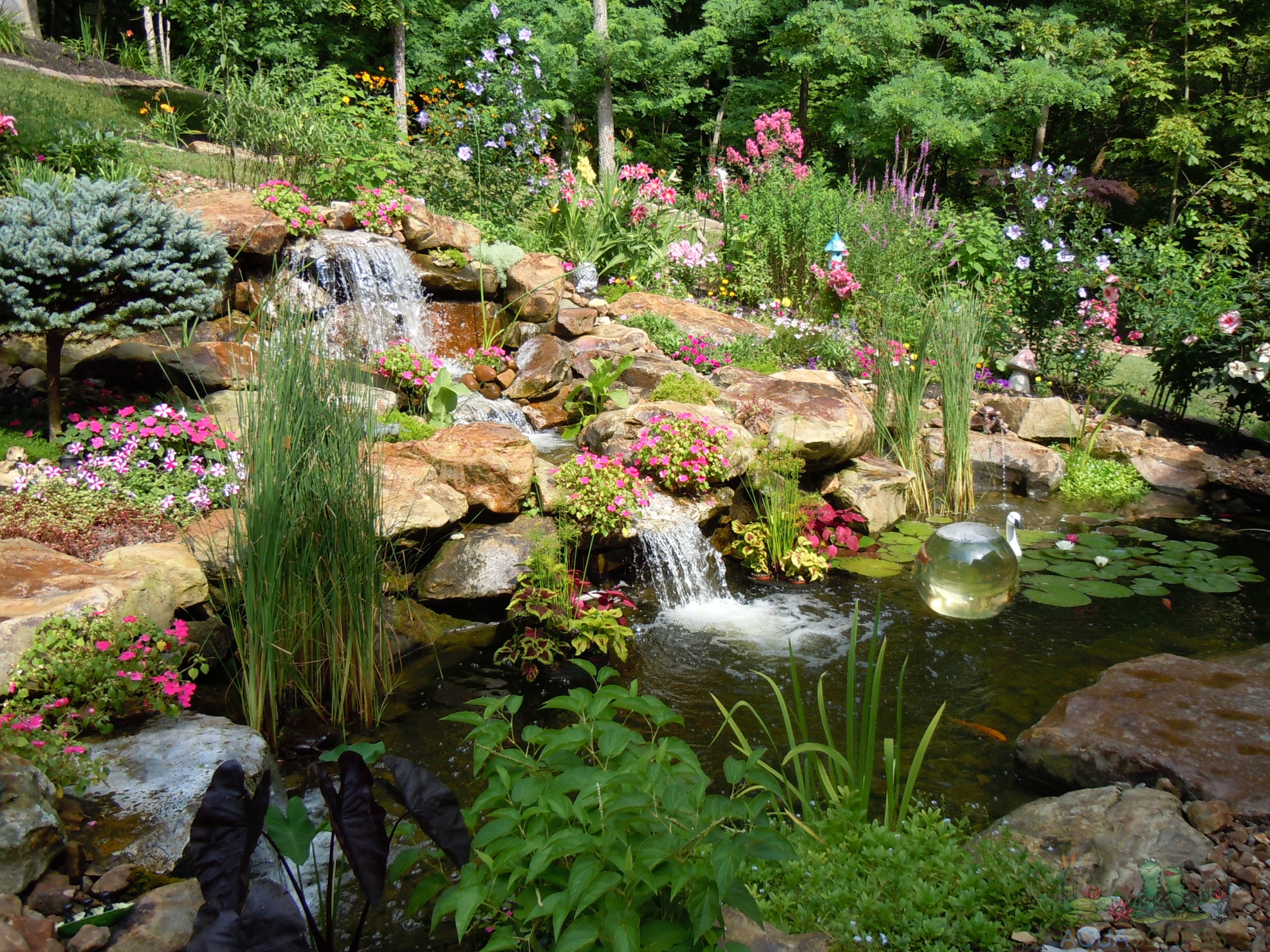Best Rocks for a Pond Installation
Installing a water garden in your backyard is an exciting way to bring the beauty and tranquility of nature into your own home. When selecting rocks for use around the pond, it’s important to pick options that are sturdy, durable, and non-toxic. There are many great choices for rock species that can be used in a variety of shapes and sizes to create the perfect ambiance for your water feature. Read on to find out more about what types of stones will work best at helping you achieve an amazing outdoor paradise!
Overview of Pond Installation and Ideal Rocks for the Job
Pond installation is a magnificent addition to any outdoor space. The process, however, can be a bit tricky, involving digging, lining, and of course, choosing the perfect rocks. When it comes to rocks, the ideal kind to use in a pond are ones that are heavy enough to stay put, but also porous enough to allow water to flow through. A popular choice among pond enthusiasts is jasper. Jasper rocks come in a variety of colors, from muted browns to vibrant reds, adding a natural and earthy element to your pond. Not only do they look gorgeous, but they are also extremely durable and do not break easily. With proper installation and quality jasper rocks, your pond will be a tranquil escape in your very own backyard.
Types of Rocks to Consider for Your Water Garden
A water garden can be a stunning addition to any outdoor space, but choosing the right type of rocks can make all the difference. Jasper is a popular choice for water features as it comes in a range of beautiful colors, from deep reds to earthy greens. Its smooth surface adds a polished touch to any garden design while also being incredibly durable. For a more rugged look, consider using granite rocks. They come in a variety of sizes and shapes and can create a natural look that blends seamlessly with your landscaping. Limestone is another option to consider as it adds a unique texture to your water feature. It can also raise the pH of your water, making it ideal for plants that thrive in alkaline conditions. By taking the time to choose the right type of rocks for your water garden, you can create a beautiful and functional space that you can enjoy for years to come.
a. Flagstone
Flagstone is a stunning natural stone that is sure to make any indoor or outdoor space shine. One of the things that makes flagstone so special is its unique texture and coloring. The stone has a natural, earthy quality that makes it ideal for creating a warm and welcoming atmosphere. Whether you’re using flagstone for flooring or as a decorative accent, its versatility and visual appeal cannot be denied. From its warm, sandy hues to its rough texture, flagstone is a beautiful addition to any space. Plus, it’s incredibly durable, making it an ideal choice for high-traffic areas like patios and walkways.
b. Granite
Granite is a stunning rock that has been formed over the course of millions of years. It is made up of large mineral grains that are tightly compressed together, giving it a signature speckled appearance. This rock is incredibly resilient and can withstand harsh weather conditions, making it a popular choice for outdoor construction projects such as monuments and statues. Although granite is available in a range of shades, the most well-known and sought-after color is a deep grey with flecks of black, white and other hues. It is no wonder why this striking rock has become so beloved by architects and designers alike.
c. Limestone
Limestone is a stunning sedimentary rock that draws the eye with its unique texture and muted coloration. Composed mostly of ancient marine fossils, this rock was created over millions of years under the ocean’s surface. The result is a natural masterpiece, complete with swirls and dips that are a testament to the immense pressure and time it took to form. When cut and polished, limestone takes on an elegant yet understated appearance, perfect for adding depth and character to any design project. Its earthy tones and subtle veins make it an excellent choice for both interior and exterior living spaces, offering a timeless and sophisticated aesthetic that can withstand the test of time.
d. Slate
The sun sets behind the rugged mountains, casting a warm glow on the landscape. The dry, dusty earth crunches underfoot as you make your way along the slate path, admiring the natural beauty around you. The slate stones are cool to the touch, their dark grey hue providing a stark contrast to the orange and pink sky. The air is still, except for the occasional rustle of leaves in the nearby trees. The serenity of the scene is interrupted only by the distant call of a bird. A sense of peace washes over you as you take it all in, grateful for moments like these.
How to Select the Right Size and Shape of Rocks for Your Pond
Creating a pond in your outdoor space is a great way to add a serene and natural element to your home. However, selecting the right size and shape of rocks can be challenging. The size and shape of rocks you choose can make all the difference in the overall aesthetic of your pond. It’s important to select rocks of varying sizes and shapes, with larger boulders on the bottom and smaller rocks around the edges. This will give your pond a natural look and feel. You can also mix and match different types of rocks to add more texture and dimension to your pond. Remember to take your time when selecting rocks for your pond, and don’t be afraid to experiment until you find the perfect combination that suits your style and vision.
Pros and Cons of Different Types of Rocks for a Pond Installation
When it comes to creating a beautiful pond, the type of rock used in the installation can play a significant role in its overall look and feel. For instance, sedimentary rocks like sandstone and limestone are commonly used for their varied color schemes and texture. On the other hand, igneous rocks like granite and basalt are a go-to choice for their durability and ability to withstand weather conditions. However, one downside to using these heavier rocks is the added cost for their transportation and placement. Ultimately, the type of rock chosen for a pond installation should be carefully considered in terms of both aesthetic appeal and practicality.
Tips for Installing the Perfect Rock Feature for Your Water Garden
Installing a rock feature in your water garden can transform it from a simple pond to a picturesque oasis. However, it can be overwhelming to know where to start. First, consider the size and style of your water feature. Are you going for a natural look or a more structured design? Once you’ve decided, choose rocks that compliment the overall look and feel of your garden. Consider the placement of each rock, ensuring that they are stable and won’t shift when water is flowing. Make sure to also plant greenery around the rocks to further enhance the natural feel. With these tips, you’ll be on your way to creating a stunning rock feature that perfectly complements your water garden.
Benefits of Improving Your Home with a Water Garden or Pond Feature
Transforming your home with a water garden or pond feature can bring a plethora of benefits to your living space. In addition to its aesthetic appeal, incorporating a water feature into your outdoor environment can provide a soothing ambiance that can reduce stress and anxiety, promoting overall relaxation. Apart from its calming effects, a water garden or pond can contribute to the health of surrounding plants and wildlife, creating a harmonious ecosystem. Additionally, maintaining a water feature can improve your home’s air quality by purifying the surrounding air through the process of evaporation. Overall, a water garden or pond feature can elevate your home’s ambiance, while also providing health and environmental benefits.
Whether you choose flagstone, granite, limestone, or slate, there are a variety of sizes and shapes to choose from for the perfect installation for your water garden. With the proper installation process and consideration for your own personal needs and style preferences when choosing ideal rocks—you can create a uniquely designed water feature that will last for generations. A rock feature in your pond will add visual appeal as well as also serve in reducing algae growth and improving water quality. Consider adding larger rocks for structure, vary the heights to create interesting cascades which adds oxygen to the pond, and use pea gravel to provide good filtration. Incorporating rocks into your project ensures that you get the most out of your water garden investment!
Check out our store for all your water gardening needs! Aquascape products are Aquascape Inc. Certified.
Thanks for reading at Meyer Aquascapes! We hope you’ve enjoyed our post on garden pond design. Please leave a comment below if you liked it or have any questions. We’d love to hear from you! Thanks for stopping by!



